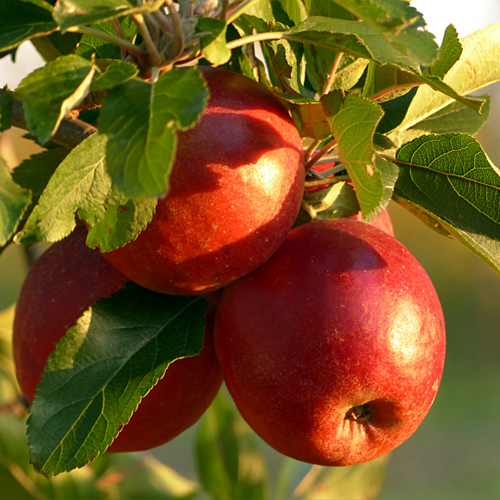Diet plays a crucial role in the health of the intestinal microbiota, that is to say all the bacteria that colonize our intestine. A balanced and diversified diet, rich in fiber and fermented foods, can help maintain a healthy intestinal microbiota and support the benefits of a course of synbiotics ( prebiotics and probiotics ).
What is the difference between probiotics and prebiotics?
Probiotics are bacteria beneficial for intestinal health, while prebiotics are non-digestible dietary fibers that nourish the good bacteria that colonize our intestines. By feeding on these fibers, the bacteria ensure their fermentation and in return produce small molecules similar to natural medicines essential to our health. In addition, bacteria that are well “fed” thanks to these fibers will develop and persist in our intestines.
What foods to avoid?
An unbalanced diet high in saturated fats, refined sugars and processed foods can encourage the growth of harmful bacteria in the gut. This will have adverse health effects such as excess inflammation, insulin resistance and increased risk of chronic diseases.
What foods to favor?
1. Eat foods rich in fiber regularly
To optimize the presence of symbiotics in your diet, it will be important to regularly eat foods rich in fiber. These are found in vegetables, fruits, but also in legumes, whole grains and oilseeds. Regular consumption of these foods promotes the growth of bacteria and has beneficial health effects, such as regulating the immune system or weight management.
2. Consume fermented foods often
It is also interesting to include fermented foods in your diet such as yogurt, kefir, sauerkraut, kimchi, miso and tempeh which naturally contain probiotics. These good bacteria will be able to colonize the intestine, improving the diversity and health of the intestinal microbiota.
What advice to optimize your synbiotic treatment?
1. Limit processed foods
Sugary, fried foods with many additives can disrupt the balance of bacteria in the intestine if consumed too regularly. Consider integrating the use of raw products into your cooking as much as possible.
2. Vary and diversify foods
This helps introduce a wide diversity of nutrients and fiber, which supports the growth of different strains of beneficial bacteria.
3. Avoid unnecessary antibiotics
Antibiotics kill some of the beneficial bacteria in the intestine, so it is important to use them only when necessary (under medical prescription).
By following these tips, you can help maximize the effectiveness of your synbiotic treatment by creating a favorable environment for the growth of bacteria in your intestines.













